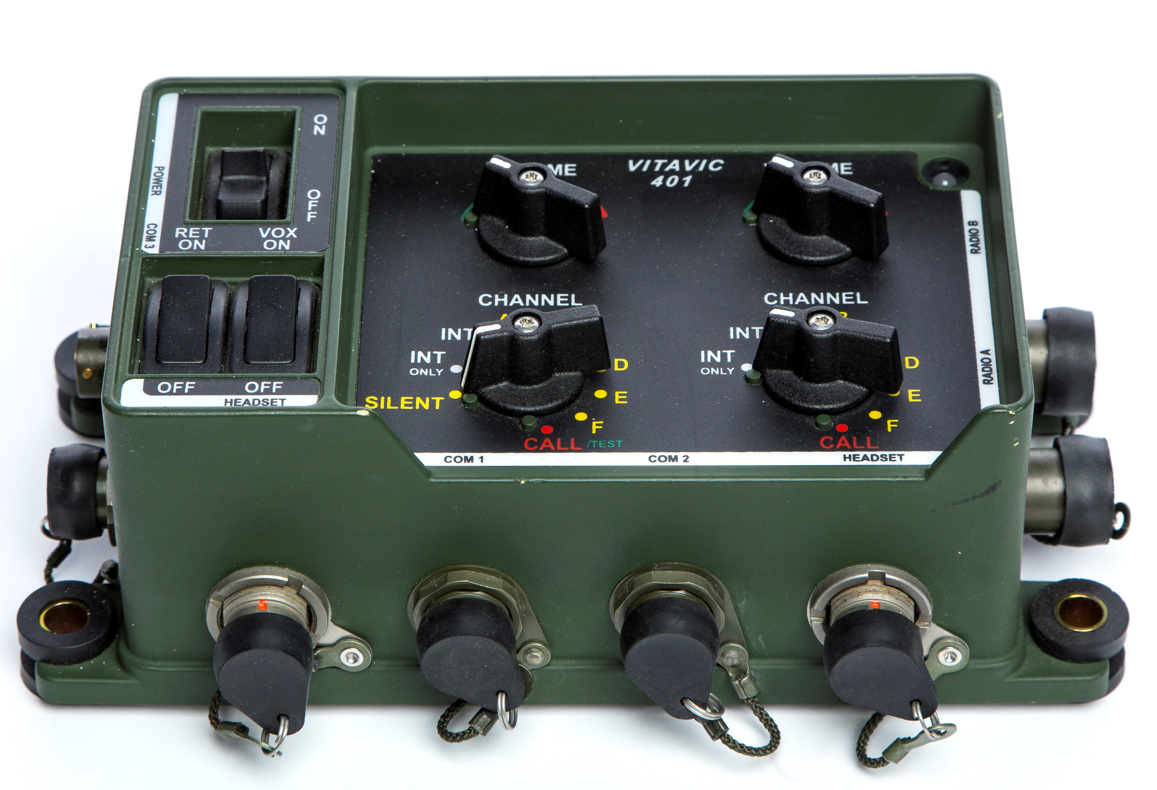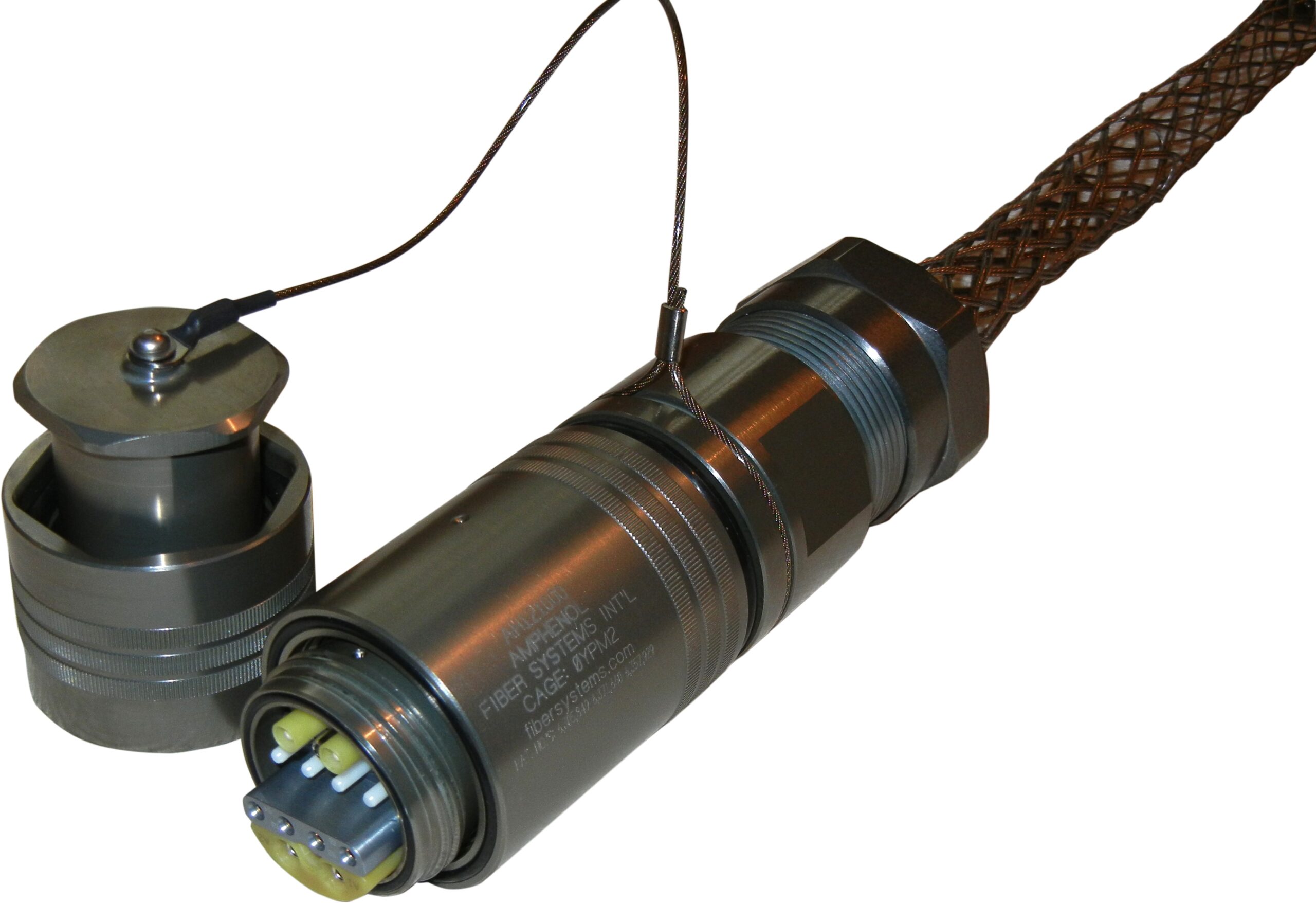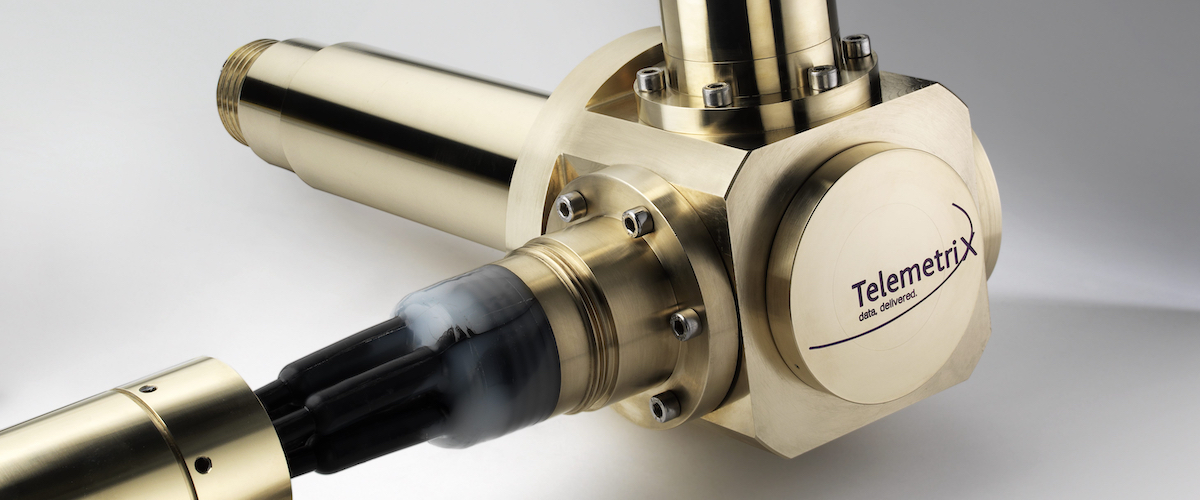Good Connections
Tim Guest
MIL-STD cables and connectors are ubiquitous on the battlefield in their use for the widest range of applications on land, at sea or in the air. They ensure all kinds of military equipment operates reliably at all times and in the harshest of environments.
From the connectors and cables on radios and communications equipment, to those supporting radar systems, vehicle-mounted and soldier-worn sensors and devices, as well as field medical equipment; the list of platforms and military systems involving and relying on connectors and cabling is seemingly endless. This article takes a general look at connecters and cabling in terms of some of the technology involved, as well as referencing applications on land, sea and in the air.
Evolving Tech for Changing Operational Demands
The production and supply of military cables and connectors in recent years has seen significant developments and advances with latest materials, enabling not only the introduction of more reliable and efficient systems, but also products that are much more resistant to environmental factors, extreme climates and shock damage. Not only does this make their use in the most arduous of military applications much more reliable, but new materials have also enabled the production of cabling and connector solutions that are lighter and more flexible, so their installation and maintenance in what can often be difficult and extremely confined spaces aboard military vehicles, aircraft and vessels, is made much easier. The use of fibre-optics, too, has delivered other cable and connector advances and advantages for the military user, including the ability for faster transmission rates of larger amounts of data on the increasingly connected and networked battlefield.
That’s a good thing, because new and emerging technologies and approaches to warfare are all hungry for more data to be transmitted, as well as more power to support increasing demands, than ever before. Digital transformation initiatives across the board, from soldier modernisation programmes connecting soldier-worn sensors and optical devices with personal power supplies, to command, control, communications, computers, cyber, intelligence, surveillance and reconnaissance (C5ISR), the proverbial explosion of ubiquitous, persistent sensors on vehicles, aircraft, and ships, to high-speed, high-bandwidth tactical networks and AI-driven applications; all these have placed huge demands for new levels of connectivity on the humble connector and cabling, which, together, make these wider programmes, technologies and architectures all possible.
The Humble Connector
MIL-STD or MIL-SPEC electrical connectors are specifically designed to protect a connection from damage and contamination from dust, dirt, water and any other contaminants likely to be encountered under rugged conditions. What kind of connector is used for a particular application is largely determined by the application itself. A saltwater, marine environment will require water-proof, sealed and corrosion-resistant systems, unnecessary for installations aboard an armoured vehicle, for example. Underwater use connectors have appropriate sealing for their environment, and hermetically-sealed connectors prevent the ingress of moisture. Some connectors are integrated-filter connectors, which incorporate a filter that protects them from magnetic interference or unwanted signals. For example, there are filter connectors shielded against electrostatic discharge and/or electromagnetic interference, as well as others with filters to prevent radio frequency (RF) interference.

Whatever the application, however, many standard military connectors have a typical construct, which consists of a mating pair, with a plug half and a receptacle half – the ‘male’ plug with pins, fits into the ‘female’ contact channels. The contact pins are often composed of beryllium copper alloy, or a phosphor bronze alloy, then plated with a highly conductive, non-corrosive metal coating, often gold. Depending on the connector maker – of the likes of Fischer, ODU, SMI, TT Electronics and others – and the product series, the pins are housed in a dielectric polymer or glass insulator, all encased in an aluminium shell, which is anodised to protect the aluminium from corrosion.
Contact pins are either fixed or removable from their insert, which itself is often sealed hermetically in its shell/casing to make it waterproof. To ensure the male and female halves mate correctly (incorrect orientation might damage the pins and affect the contact) there is an alignment, or keying feature, which ensures precise mating and locks the connection in place, essential in rugged and high-vibration scenarios to prevent the connector halves from disconnecting from one another.
When it comes to fibre-optic cable connectors, these join two ends of a cable in a mechanical coupling that precisely aligns the cable’s fibres to ensure as little light loss as possible takes place once the two ends of the fibre are pressed together, typically with a spring-loaded mechanism. Any gaps between the two fibre-optic faces, or the slightest misalignment, will cause a loss of signal, referred to as called insertion loss. Loss of signal is actually something that occurs along the length of a fibre-optic link and is expressed in decibels (dB).
This is a natural occurrence with all types of transmission, whether data or electrical power and, as with pretty much all physical transmission lines or conductive paths, the longer the path the higher the loss. These losses are compounded by insertion loss at each connection point along the line, whether a splice or a connector, meaning the more connection points the greater the insertion loss.
With innumerable MIL-SPEC standard pinned, fibre-optic and hybrid connectors available, (some of which also find use in commercial applications), mention of a few is worthwhile before a brief, final look at some aspects and applications of cabling.

Possibly the most popular and widely used types of circular connectors in general military use are those which adhere to the MIL-C-5015 standard. These connectors, from a wide range of suppliers, are available in several classes and rated for operations in temperature ranges of between -55°C to +125°C, 175°C or 200°C. Next, two environmentally-resistant, miniature circular connectors with hermetic receptacles and associated accessories, adhering to MIL-C-26482 standard specifications include a quick disconnect mechanism; compact Series I connectors of this spec have excellent mechanical, electrical and environmental properties and are widely used in military comms. Finally, in military aviation and aerospace applications, MIL-DTL-5015 standard specified connectors are widely used for ground support and airframe systems, where their rear-release mechanism and other proven features, adopted into this latest standard from older model connectors, have made this an extremely reliable and widely used connector for aerospace applications.
Cables in the Sky
In military aerospace applications, such as fast jets, electrical wiring interconnect systems (EWIS) must be capable of handling some of the highest and fastest data rates imaginable. However, they must also have a reduced weight profile and be flexible and abrasion resistant, so they can be routed, without risk of failure, through complex paths in an airframe, around corners or through holes. Flame resistant, shock, vibration, corrosion and extreme-temperature resistant, the typically pressure-moulded cabling routed around a military aircraft must show all these attributes, as well as display such high-tech parameters as strong electromagnetic (EM) protection.
One specialist in this field is SMI, whose military aviation cabling expertise enables EWIS to be deployed throughout an airframe, even to those areas such as the undercarriage and the fuel tanks, which experience some of the harshest conditions. An effective EWIS also enables a move away from hydraulic actuation to electrical harnesses, which creates considerable weight savings. That’s not to say aircraft cabling will not come into contact with some of the aggressive fluids typical in the aviation space, so it must be resistant to chemicals, fuels, or hydraulic fluids. That said, when routing cables through some parts of an airframe, through a bulkhead, for example, penetrators, such as those from SMI’s penetrator family, will be required. Penetrators guide and protect cabling as it passes from one space to another, whether a simple partition or a critical bulkhead barrier, such as a fuel tank, and must transition the cable through the bulkhead while preventing leakage from one side to the other.
Aspects of Deep Sea Cabling
From the air to the maritime environment, where combat, sonar or propulsion systems are only as good as the infrastructure connecting them and cabling, penetrators and connectors all have to be robust, reliable and effective for such naval systems to deliver, particularly on submarines. Maintaining the integrity of a submarine’s pressure hull, for example, is critical to protecting the life of the crew, as well as maintaining its operational capacity.

The vessel’s cabling delivers data and power to and from the command centre to the ship’s extremities and wherever that cable system passes through the pressure hull, a potential weakness is created. As a result, high-spec penetrators are used on the pressure hulls of submarines. These can be glands, which help transit cables that are permanently installed as part of the penetrator; they can also be connectorised versions, where receptacles on both sides of a bulkhead can be mated or de-mated. Pressure hull glands (PHGs) provide the most reliable hull transitions available and enable multiple cables to be amalgamated in a complex thermoplastic moulding; individual cables are sealed and water-blocked to prevent leaks. PHGs from maker SMI are able to manage electrical, coaxial and optical conductors from single cables, or up to 19 cables through a single small aperture in a boat’s hull. In addition, the company’s TelemetriX pressure hull penetrator solution for both surface and submarine fleets, is designed and manufactured to merge external features of Def-Stan 02-524 Part 2 with MIL-C24231 submarine penetrator features, using internal componentry that is also extensively qualified in accordance with Def-Stan 08-171 and PTS 14299, including underwater explosive shock testing. Indeed, SMI’s glands are continuously tested in production, with final visual, radiographical and pressure testing to ensure decades of reliable operations in extreme, deep-water ocean and combat conditions.
As more and more nations prioritise control of their territorial waters, investment in submarine fleets is on the increase and while older platforms can undergo life-extension programmes, future vessels are being designed with increasingly complex combat systems and operational capabilities.
Inboard and outboard cabling is today recognised as the central nervous system of a submarine, delivering power and data to critical systems. However, as operational requirements become ever more complex, OEMs and naval forces alike are having to ensure the performance and reliability of their cabling architectures, so they are both cost-effective and also perform optimally, without failure, throughout the operational life of a submarine.
Tim Guest





